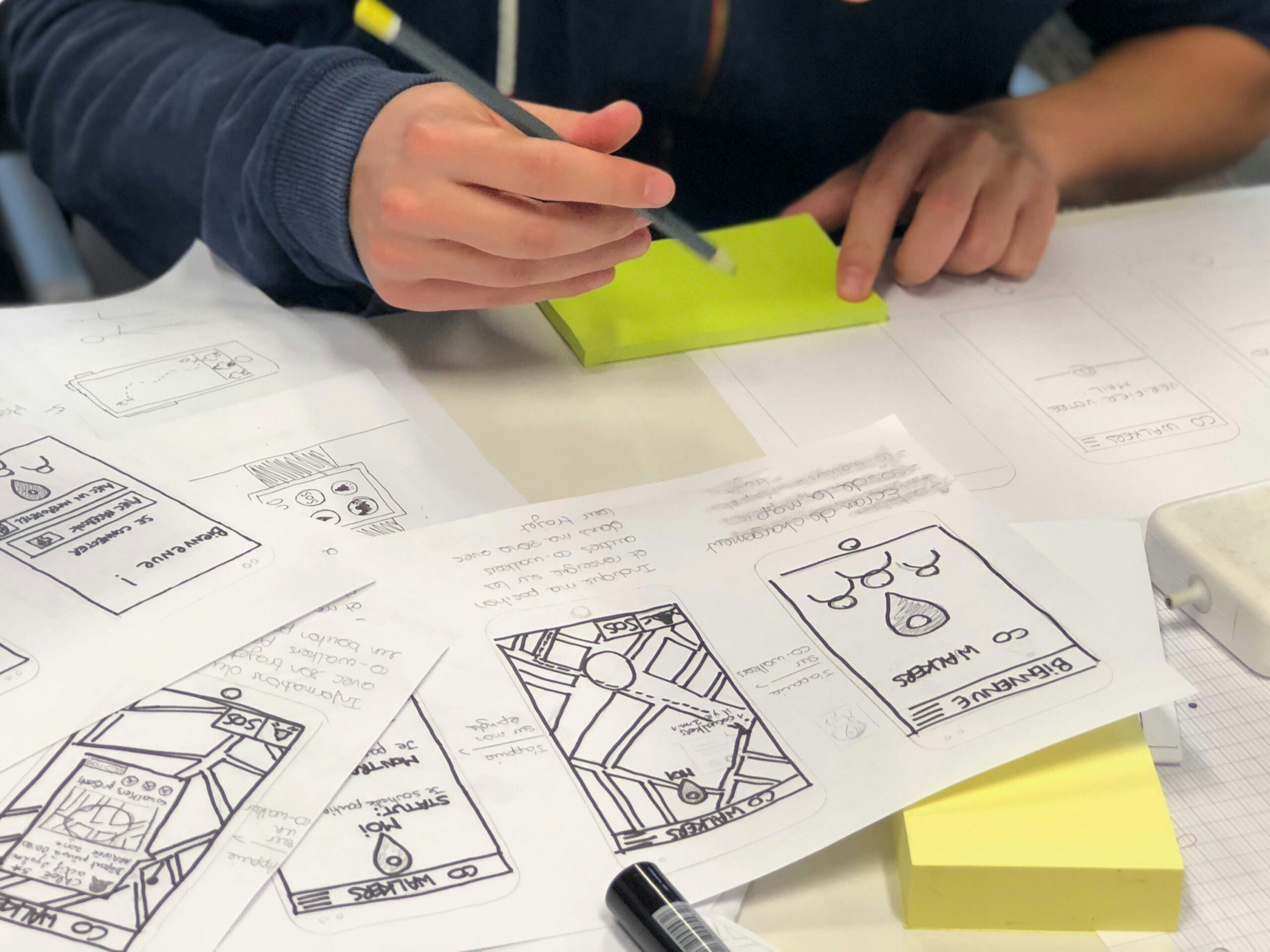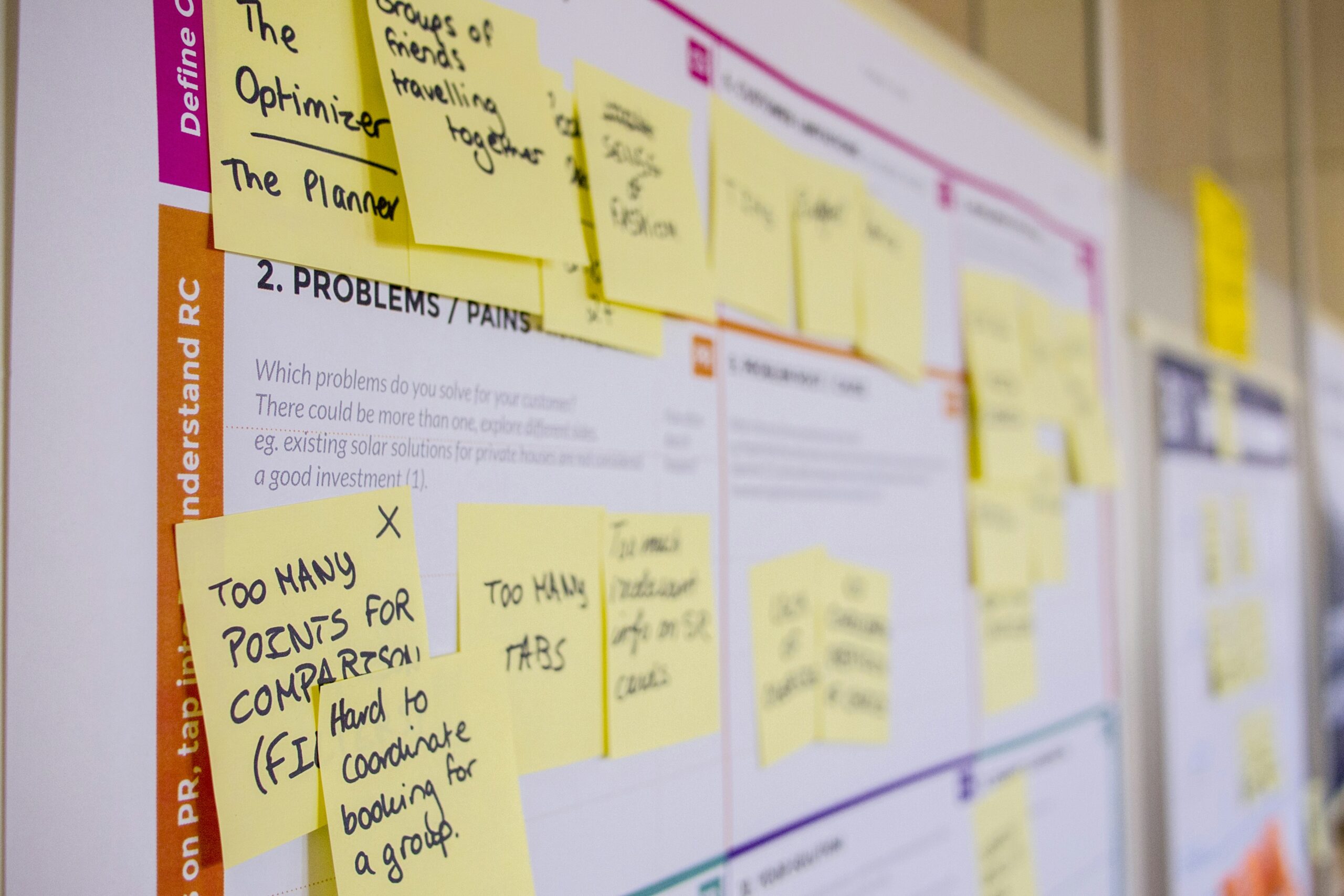Developing a product takes a lot of time, and micro saas founders don’t want to waste this precious resource on an idea that might not be worthwhile.
They want to make sure the product idea is valuable and actually solves a problem for their target audience. Without proper validation, they risk investing time and energy into a product that no one wants or needs.
So, how do you find a way to validate their product ideas quickly and effectively, so you can focus on building products that have a higher chance of success and profitability? The answer is an MVP.
What is a Micro SaaS MVP?
A Micro SaaS refers to a niche SaaS product targeted at a specific market segment. Unlike large, general SaaS platforms, Micro SaaS startups focus on addressing a particular pain point for a well-defined audience.
An MVP, or minimum viable product, is a stripped-down version of your SaaS concept containing only its core features. The goal is to build an MVP quickly, release it to a group of early adopters, and use their feedback to evolve the product.
As Eric Ries, author of “The Lean Startup”, puts it: an MVP helps entrepreneurs “start the process of learning as quickly as possible”.
It enables you to validate your assumptions about the problem and solution early on when the stakes are relatively low.
Step-by-Step Guide to Build Micro SaaS MVP
Let’s take a look at the key steps involved in going from idea to validated Micro SaaS MVP.
Step 1: Define Your Target Customer

As the old saying goes “build products for people, not problems”. The first step is gaining clarity on who those people are by defining your target customer profile.
Start by researching the market opportunity around your SaaS idea. Get a sense of the competitive landscape as well as customer personas already being served. Identify gaps that your MVP could potentially fill.
Next, get specific on the profile of your ideal customer which includes:
- Demographic information like title, industry, company size
- Their goals and challenges
- What solutions they currently use
- How they make purchasing decisions
Outlining your target customer will inform every subsequent decision around feature prioritization and product development.
For example, if your SaaS product targets small business owners in the ecommerce space, you would tailor the MVP specifically to that audience.
Step 2: Map the User Journey

Now that you know who you’re building for, map out what the user journey looks like from their perspective. Outline the step-by-step process a customer goes through when interacting with your SaaS solution.
Be sure to capture every touchpoint across the entire lifecycle from initial signup to onboarding to regular usage. Having this perspective will help you identify which features to focus on for your MVP that provide that core user value.
Here are some examples of what key user journeys may look like:
Signup flow: Create account > Log in > Input details > Verify email
Onboarding flow: View tutorial > Connect accounts > Import data > Schedule reports
Ongoing usage: Log in > Check reports > Analyze data > Share insights
Step 3: Define Your MVP Features

With your target user and user journeys clearly mapped out, now you’re ready to define what capabilities your minimum viable product will actually include.
Start by listing every feature your SaaS platform could possibly offer. Don’t hold back here – note every functionality, tool, integration and capability you can think up.
Next, go through that list and determine which constitute the vital few your MVP should launch with. Using techniques like MoSCoW prioritization, label features as “must have”, “should have”, “could have” and “won’t have for now”.
The features you include in your MVP should:
- Directly deliver core value to users
- Align with critical user journeys
- Validate your riskiest assumptions
Resist the temptation to build out unnecessary features just because they seem cool or you have the capability. Remember, MVP stands for minimum viable product. Keep it lean.
For example, if you were developing a Micro SaaS tool for social media managers, your MVP features may include:
- Scheduling and posting content
- Tracking key metrics
- User management
Step 4: Build Your Minimum Lovable Product (MLP)

You defined the functionality, but delivering a great user experience is equally important. Beyond core features, your Micro SaaS MVP should also be intuitive, well-designed and user-friendly.
This is where the concept of a minimum lovable product (MLP) comes in. An MLP ensures that not only is your MVP technically viable, but also delightful to users.
Some tips for building a lovable Micro SaaS MVP:
Focus on a simple, clean design. Remove any unnecessary clutter or complexity.
Make key flows effortless. Ensure users can easily accomplish critical tasks.
Obsess over copywriting. Use clear, concise language throughout.
Anticipate questions. Provide inline explanations and tooltips.
Essentially, you want to make your MVP so coherent and enjoyable to use that it earns the “love” of early adopters. This will increase retention and help inform product-market fit.
Step 5: Test and Validate Your Micro SaaS MVP

You’ve built an MVP prototype with just enough core features to be usable and a delightful interface. Now it’s go-time: getting your solution in front of real customers for feedback.
Start by identifying a small group of ideal beta testers. These could be friends, family members or industry colleagues that fit your target persona.
Provide testers access to demo the product, then collect feedback through surveys, interviews or observation sessions. Key questions to explore:
Is the value proposition clear? Were they able to complete critical workflows?
What key features seem to be missing? Would they pay for this solution?
Incorporate insights into subsequent iterations of your MVP prior to broader release. Having paying customers who find your Micro SaaS solution a must-have is the ultimate validation for moving forward.
Step 6: Market and Launch Your Solution

Armed with positive validation data, you’re now ready to formally launch and market your Micro SaaS solution to the broader target audience.
Start by optimizing your conversion funnel including:
Landing Pages: Create pages targeting specific buyer keywords around your niche. Explainer Videos: Produce videos demonstrating your MVP’s capabilities. Free Trial: Offer time-bound access to encourage sign-ups.
With your funnel built, drive traffic by:
- Guest Posting: Reach out to niche bloggers and industry websites.
- SEO Content: Publish educational articles focused on your keywords.
- Paid Ads: Test Facebook, LinkedIn and Google campaigns.
Measure conversion rates through each stage of the funnel and optimize accordingly. Provide outstanding onboarding, support and account management to convert trials into engaged customers.
Use this launch period to continue gathering user feedback to evolve the product. After hitting key traction milestones around active users and revenue, you’ll be ready to move from MVP to Version 2.0.
Launching a Micro SaaS MVP
Building a minimum viable product enables you to put your SaaS concept in front of customers quickly and cost-effectively.
It’s an opportunity to validate you’re solving real pains before sinking months of development into a full platform.
By following the approach above – identifying your target customer, mapping user journeys, building core features, designing a lovable experience and rigorously testing – you’ll be primed for Micro SaaS success in no time.
Start small but get started now leveraging the power of an MVP.



